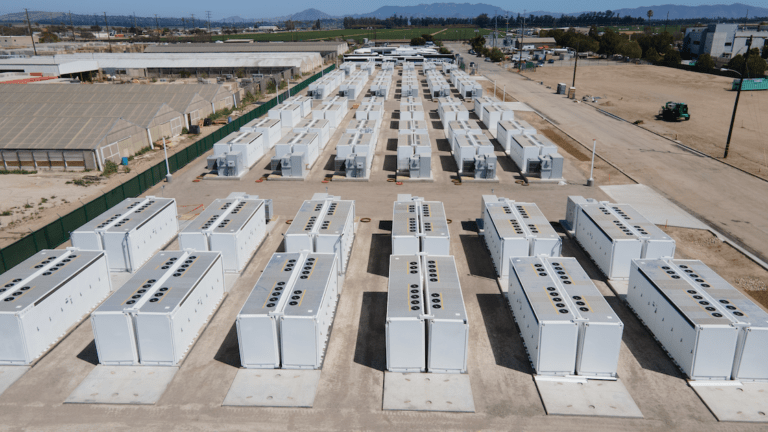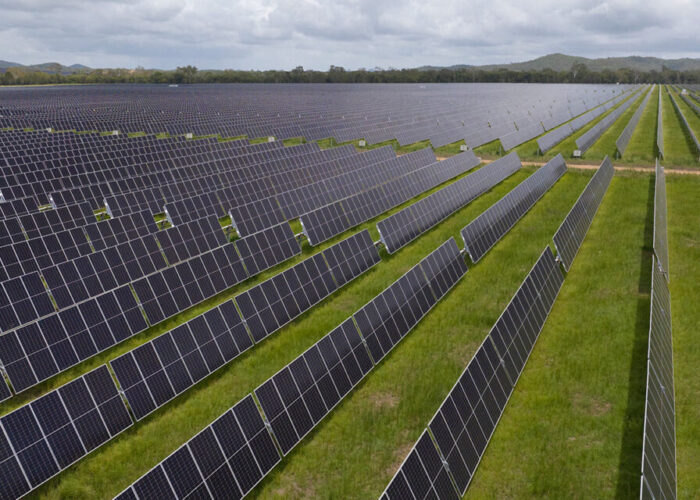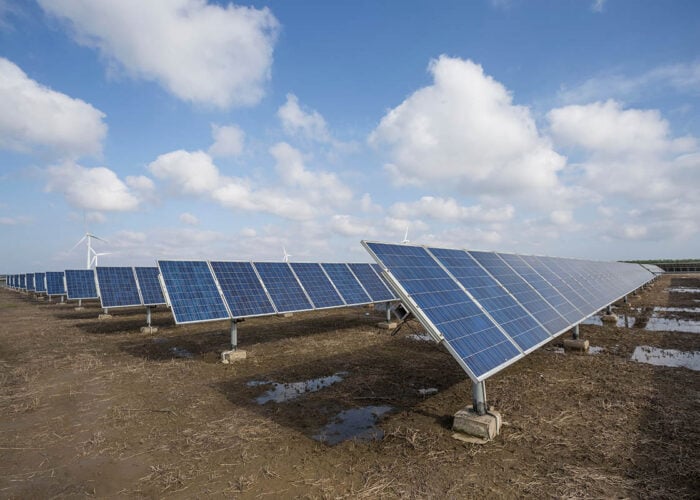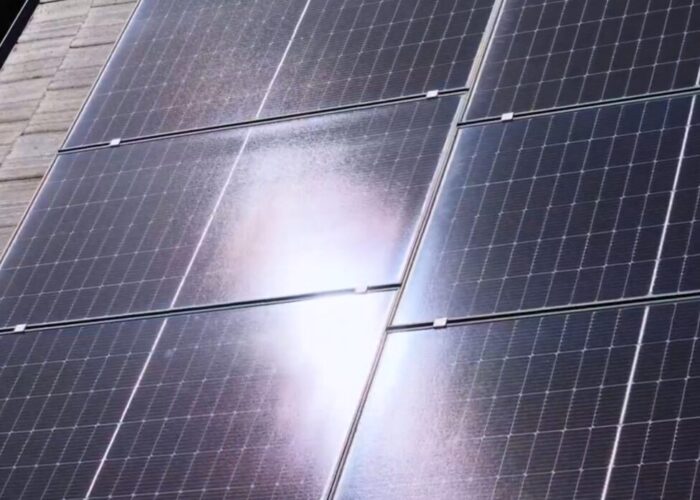
US renewables asset manager Arevon Energy has secured US$1.1 billion for a 374MWdc solar project coupled with 150MW/600MWh of energy storage.
Wells Fargo provided a US$431 million tax equity commitment, while Arevon obtained US$654 million of debt financing including a construction-to-term loan, a tax equity bridge loan and letter of credit facilities.
Unlock unlimited access for 12 whole months of distinctive global analysis
Photovoltaics International is now included.
- Regular insight and analysis of the industry’s biggest developments
- In-depth interviews with the industry’s leading figures
- Unlimited digital access to the PV Tech Power journal catalogue
- Unlimited digital access to the Photovoltaics International journal catalogue
- Access to more than 1,000 technical papers
- Discounts on Solar Media’s portfolio of events, in-person and virtual
Located in Kern County, California, the Eland 2 solar-plus-storage project is under early-stage construction and is expected to come online in the first quarter of 2025. Arevon Energy signed a long-term power purchase agreement (PPA) with Southern California Public Power Authority for the project, providing 200MWac of electricity to Southern California.
The project will also use Tesla’s Megapack 2 XL battery system. US engineering, procurement, and construction (EPC) contractor SOLV Energy will be the project’s EPC contractor.
Arevon said both phases of the project, Eland 1 and Eland 2, will represent one of the largest power plants in its portfolio. Arevon also claimed that the entire project will become one of the largest operating solar-plus-storage installations in the country after completion with 751MWdc of solar electricity generation and 300MW/1,200MWh of energy storage.
Prior to this, Arevon Energy reached financial close on its Vikings solar-plus-storage project in Imperial County, California. The site will deploy 157MW of solar PV and 150MW/600MWh of energy storage. The financing was completed using a combination of debt financing and tax credit transfer, which is possible under the Inflation Reduction Act (IRA).






